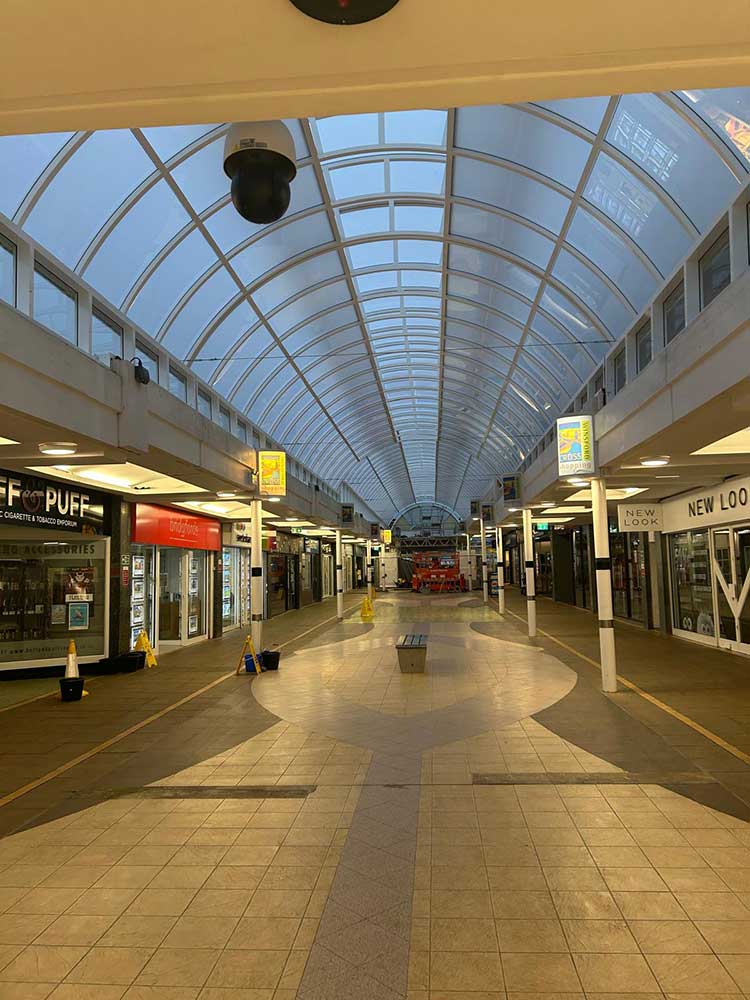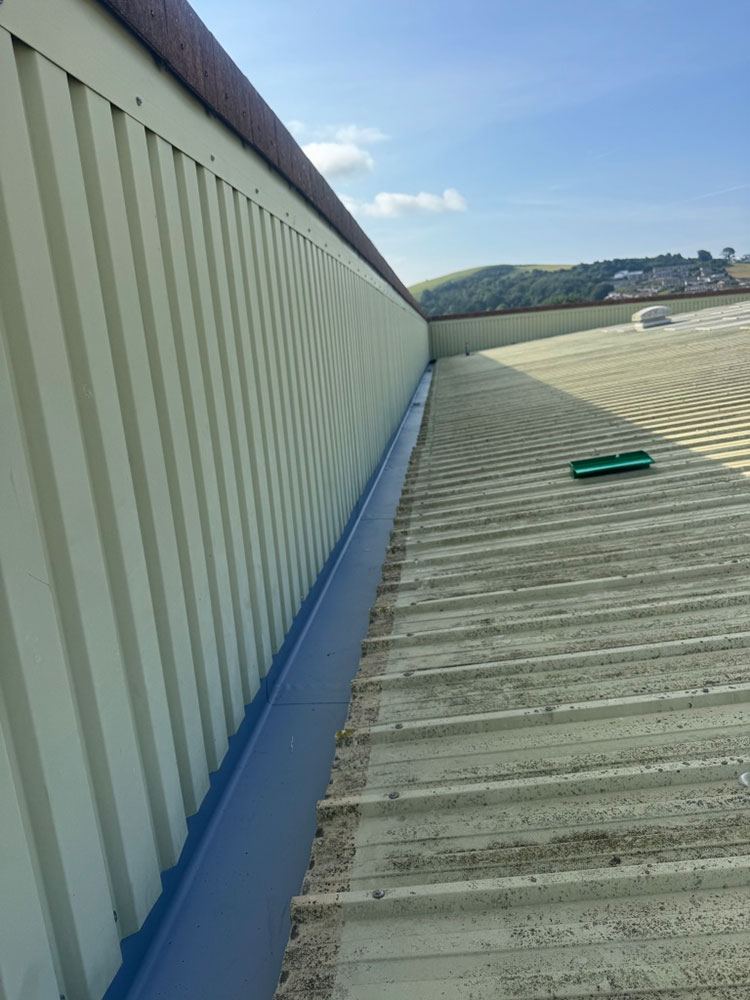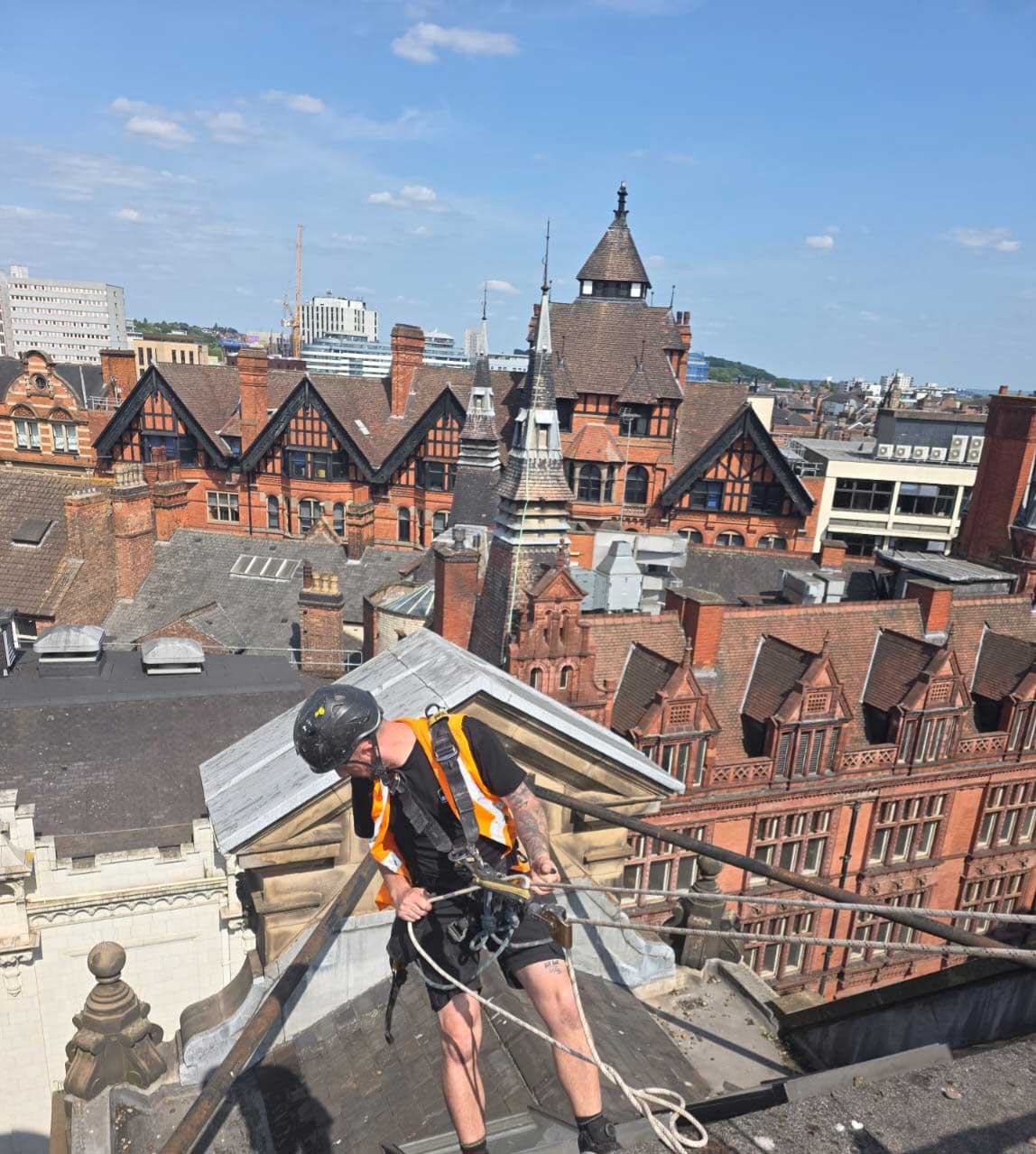
The roof is one of the most valuable—and vulnerable—elements of any commercial building. It shields assets, operations, and occupants from the elements, yet it’s often overlooked until problems become urgent and costly.
Regular roof surveys are a proactive measure that help avoid unexpected failures, ensure legal compliance, and protect long-term structural performance. Whether managing a warehouse, office block, retail site, or logistics centre, routine inspection is essential—not optional.
This article outlines why scheduled roof surveys should be an integral part of every commercial property maintenance plan, focusing on three core benefits: early detection of issues, regulatory compliance, and preservation of structural integrity.
1. Early Detection: Minor Problems, Major Savings
Many roof failures don’t begin with dramatic leaks or visible damage—they start with small, silent faults: a lifted edge, a hairline crack, a blocked outlet. Left unchecked, these issues compound over time and lead to significant disruption or repair costs.
What Surveys Reveal Early
-
Membrane damage: Blistering, tears, shrinkage, or UV degradation
-
Joint failures: Open laps, degraded sealants, or splitting at upstands and penetrations
-
Drainage concerns: Ponding water, clogged gutters, or slow outlets
-
Flashing defects: Lifted or perished edge details, especially around skylights and plant zones
-
Interior signs: Damp insulation, mould patches, or ceiling staining not visible from outside
Why It Matters
-
Timely intervention extends the lifespan of the roof
-
Small-scale patch repairs avoid full-area refurbishments
-
Disruption to operations is minimised—often no closure required
-
Moisture ingress is stopped before it affects stock, finishes, or electrical systems
Regular surveys are not simply a maintenance task—they are an investment in risk reduction.
2. Compliance with Safety and Legal Standards
Commercial properties are subject to multiple layers of regulation, from health and safety law to insurance requirements and building codes. Regular roof surveys help ensure continued compliance—and demonstrate that duty of care obligations are being met.
Key Areas Where Surveys Support Compliance
-
Health & Safety at Work Act 1974: Requires employers and landlords to ensure the premises are safe for use—structural stability and water ingress are directly relevant.
-
Work at Height Regulations 2005: Surveys assess the condition of fall protection systems, edge barriers, and access walkways.
-
Fire Regulations: Roof surveys often identify blocked smoke vents, defective compartment seals, or compromised service penetrations.
-
Leaseholder Agreements: Tenants and landlords may have defined responsibilities for structural maintenance—surveys provide clear, dated evidence of compliance or breach.
Insurance and Liability
Many insurers now request periodic condition reports for structural components, including roofs. A current survey can also strengthen claims in the event of storm damage or equipment loss due to water ingress.
In short: regular surveys demonstrate that the roof is being responsibly monitored—protecting occupants, assets, and legal standing.
3. Preserving Long-Term Structural Integrity
A roof in poor condition doesn’t fail in isolation. Over time, leaks, trapped moisture, and structural deflection can compromise the entire building envelope, reducing the lifespan of supporting steelwork, insulation, and internal finishes.
Consequences of Neglected Roofs
-
Rust and rot in deck plates, purlins, or structural steel
-
Loss of thermal performance from wet insulation
-
Mould and poor air quality affecting HVAC systems and occupier wellbeing
-
Degraded fire separation due to water-damaged fireproofing materials
-
Collapse risk if snow or water load exceeds reduced capacity
A well-maintained roof keeps the whole building performing as intended—structurally sound, energy-efficient, and fit for purpose.
Recommended Survey Frequency
Survey frequency depends on the building type, location, and roof material, but general UK guidance suggests:
| Building Type | Survey Frequency |
|---|---|
| Warehouses & logistics | Every 12 months (biannual in exposed areas) |
| Offices & retail units | Every 1–2 years |
| Aged or patched roofs | Every 6–12 months |
| Following severe weather | As needed (within 48 hours of major storm) |









